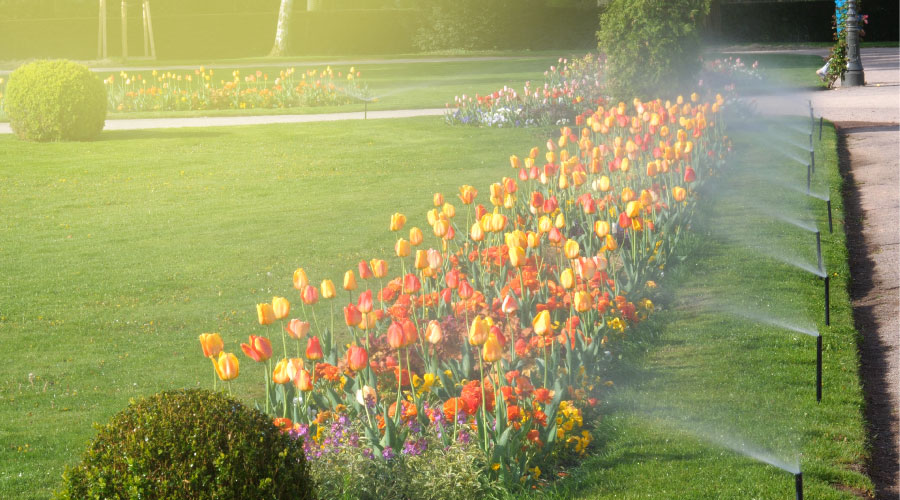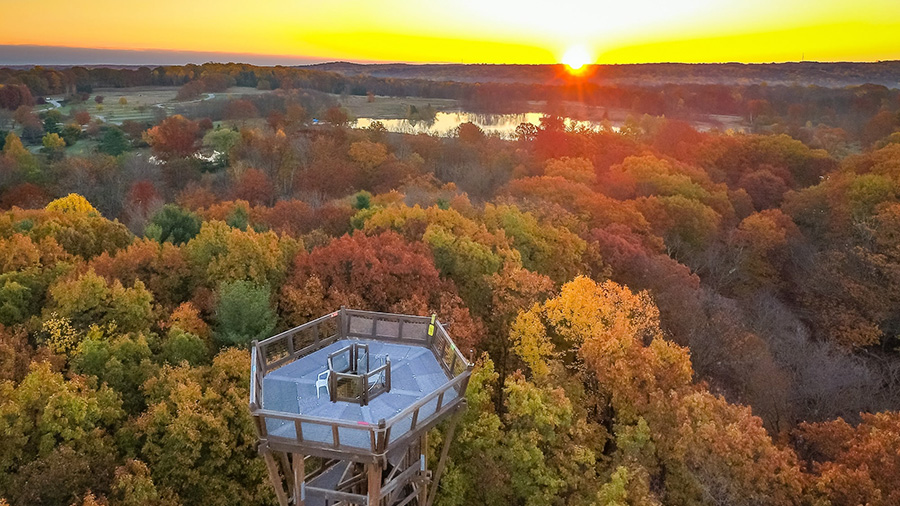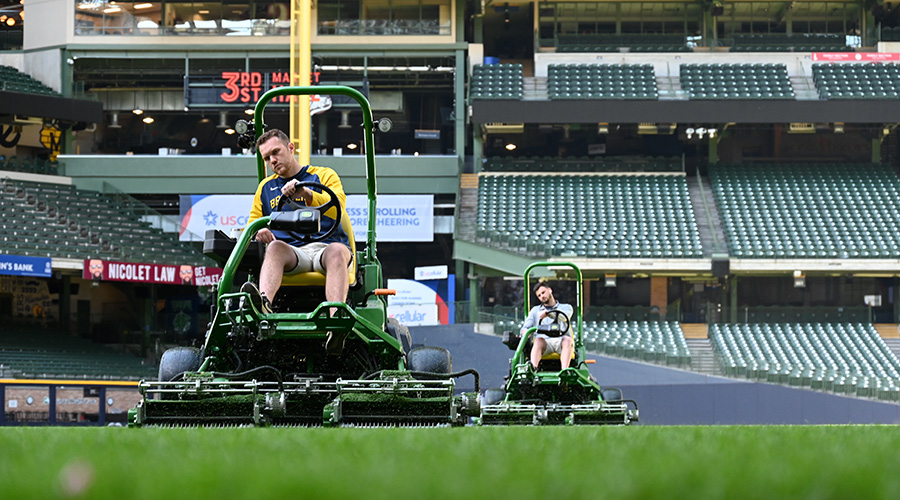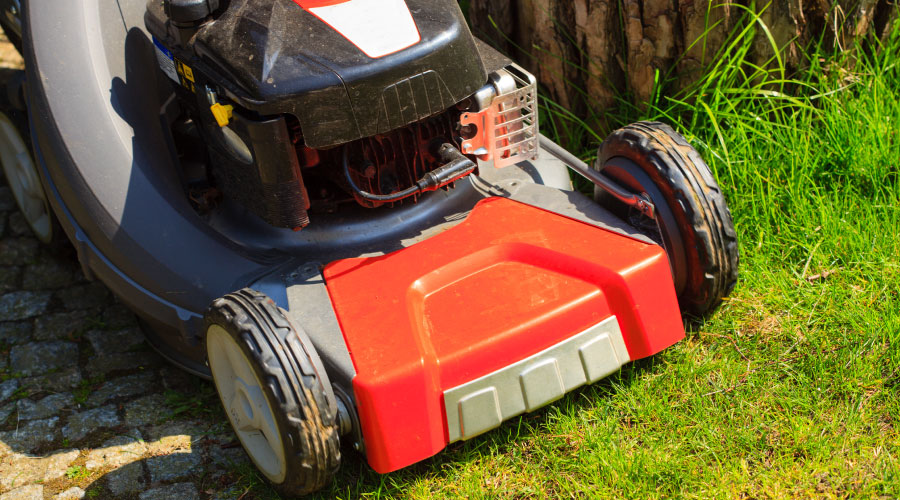Maintenance Practices Can Resist Pests
Turf and landscaped areas are key elements in the Green Shield certification.
Managers need to ensure pests are managed primarily through effective cultural practices, and they must base application rates and timing of fertilizer and other amendments to turf and plants on need. If facilities use irrigation, managers must schedule the practice infrequently, but of long enough duration to ensure deep watering and root growth.
They also must maintain a turf mowing height of at least 3 inches. In temperate climates, the growing season's first mowing may be shorter to remove diseased or damaged plant parts. Workers can reduce the fall mowing height to allow sunlight to reach seeds.
Finally, managers must select plant materials that resist common pests and diseases, and workers must plant these materials in appropriate locations to maximize plant health. Departments need to limit key plants — those likely to encounter pest and disease problems requiring intervention — to high-use, high-visibility zones.
Green Shield Certified and the IPM Institute of North America Inc. provided information for this article.
Related Topics:














